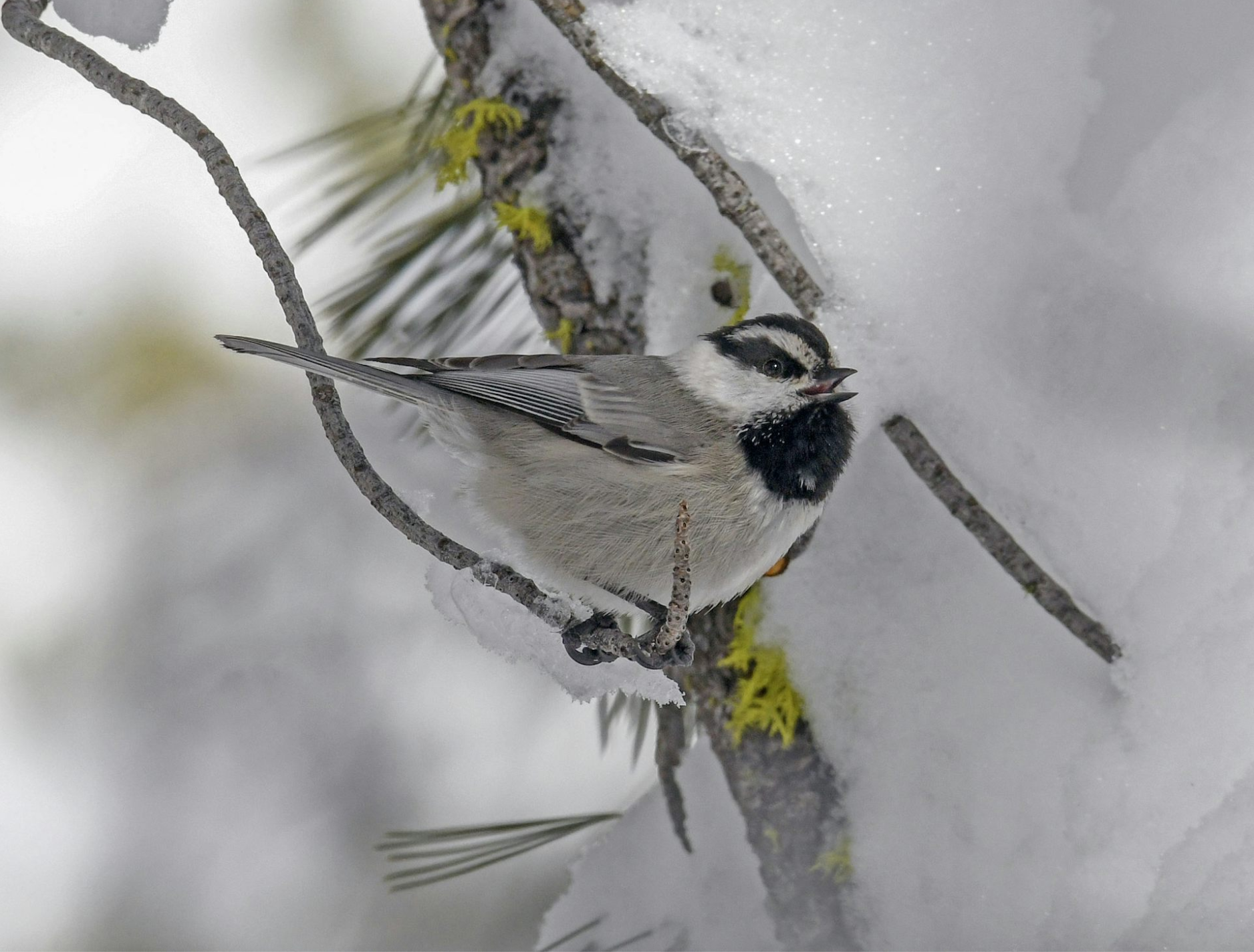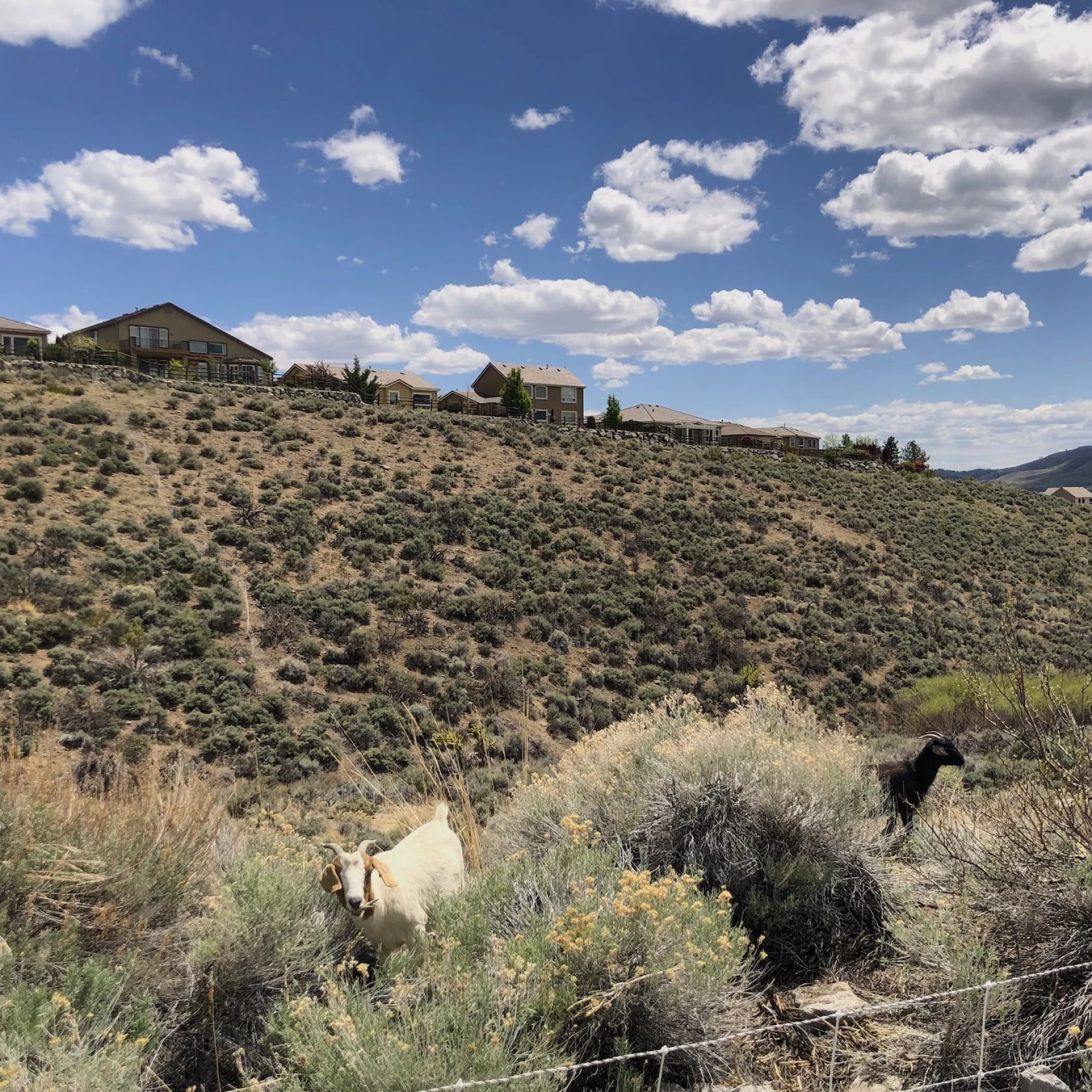This story was shared with permission from KUNR Public Radio. For an audio version of the story, please visit the KUNR website.
Wildfire season is here, and stopping the spread is not just up to firefighters but also the community. Local fire districts want homeowners to do their part in clearing their properties of vegetation and other materials.
Gary Weichert has lived in the Galena Forest Community in Reno for 21 years. But it wasn’t until two years ago that wildfire preparedness became a priority for him.
That was when an arson fire on his street led to a wake-up call about the need for fire safety for his home.
“We chose to live in a high fire risk environment. We cannot afford to be complacent about protecting ourselves, not just safety wise, not just property wise, but protecting our lives,” Weichert said.
Weichert has put in almost 200 hours of work over the last six weeks, trimming tree branches and clearing brush from his property to create a “defensible space.”
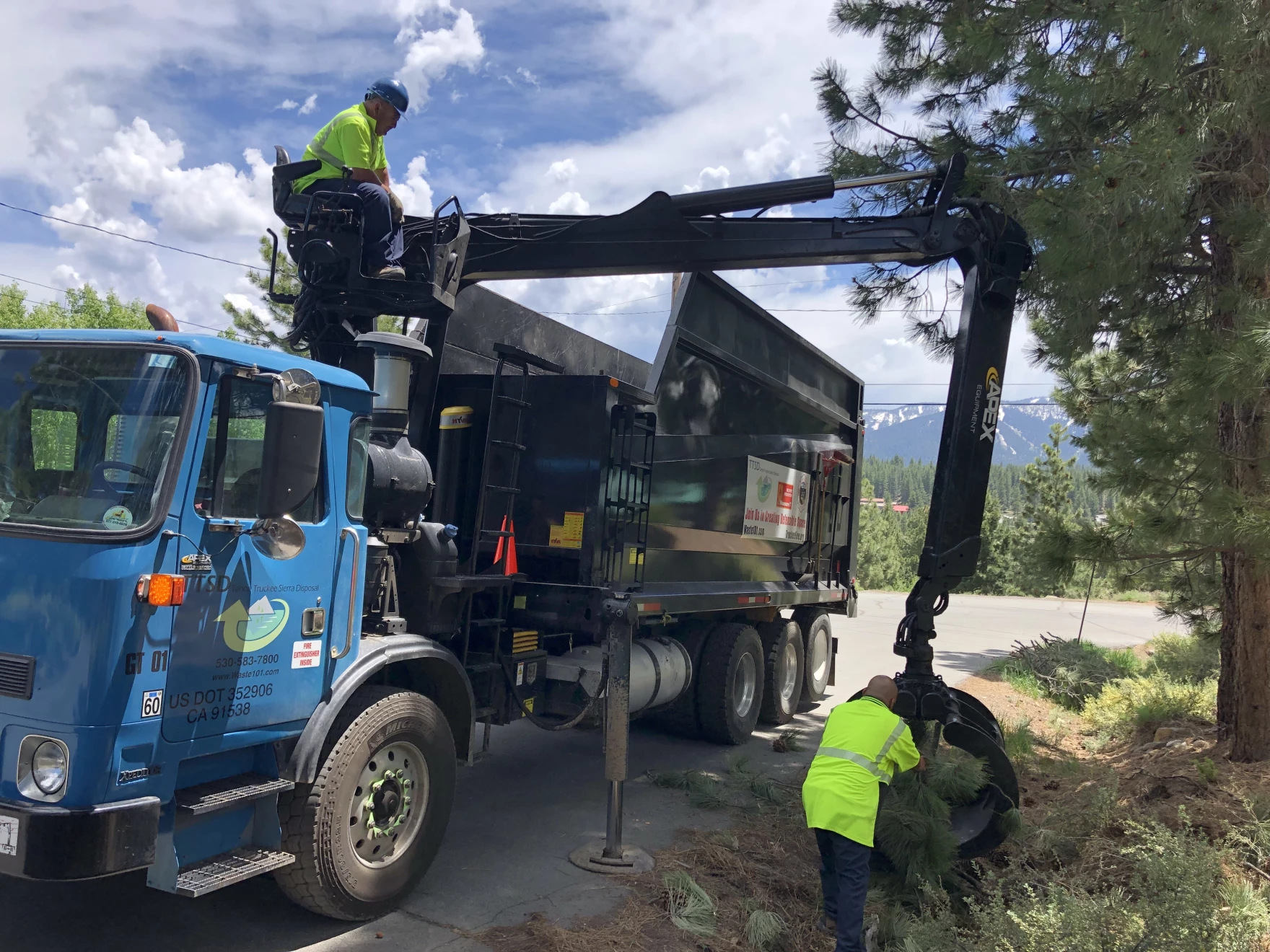
“Like I said, it’s a lot of work. And everybody up here has pieces of property that are, there really isn’t anything smaller than a half an acre, and that’s a lot of forest to take care of. But we need to do it,” he said.
Creating a defensible space is your first line of protection against wildfires, said Brittany Lemon, fire captain for fire prevention at Truckee Meadows Fire and Rescue.
“It’s creating space between your home or structure and the wildland so that if a fire starts in the wildland, your residence is protected,” she said. “And vice versa. If a fire starts on your residence, you’re protecting it from spreading into the wild and potentially threatening other homes.”
When a wildfire is nearby, homes often catch fire before the flames reach them. This is due to embers in the air landing on dry vegetation around the property.
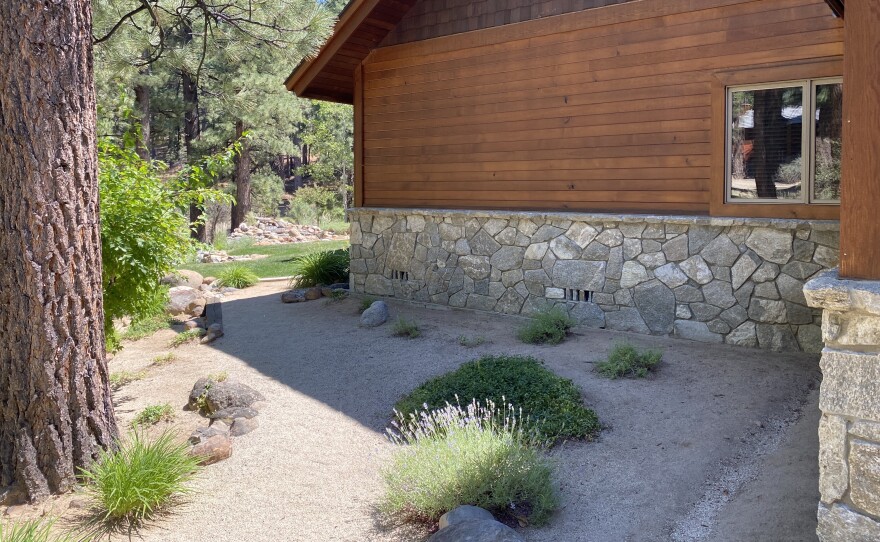
Lemon recommends homeowners first focus on the areas zero to five feet from their home, clearing out materials like pine needles, wood chips, branches, and plants that could catch fire from those embers.
Next is expanding to 30 feet from the home, clearing away excessive brush, trimming tree branches, and making sure vegetation is properly watered and spaced from each other.
Truckee Fire District’s wildfire prevention manager, Eric Horntvedt, also stressed the importance of defensible space. Homes are like a log in a campfire, and vegetation or dry brush that surround them act as fuel that ignites the structure, he said.
“We know that homes are igniting before the fire gets there from embers, so for people to really understand that they need to maintain that critical zone zero, first five feet around their house, so that embers don’t have anything to land on and ignite is super, super important,” he said.
Truckee Fire offers several programs to help individuals protect their properties from wildfire. One of these is the free Defensible Space Inspection program.
“It’s, you know, get out there, walk and talk with the Truckee Fire staff and really learn and understand what you have control over on your property that you can do to prepare for wildfire,” Horntvedt said.
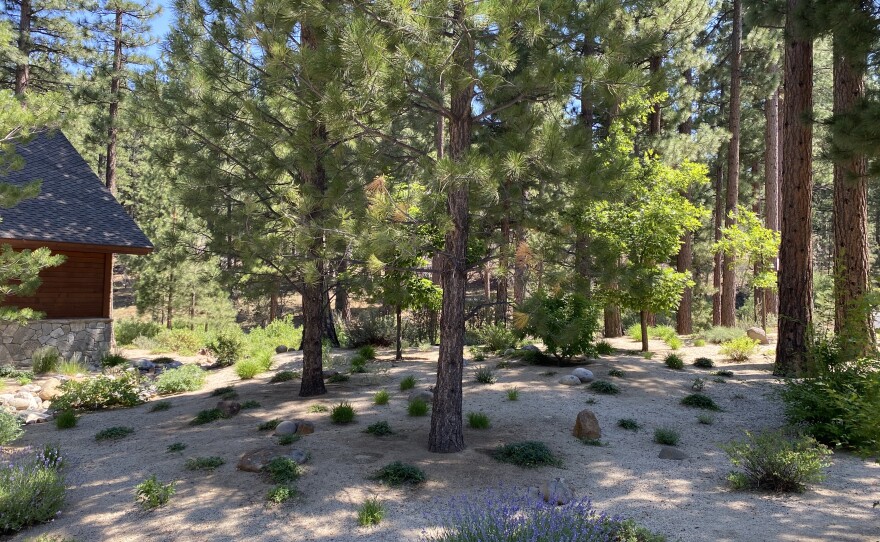
They plan to conduct four to five thousand inspections this year, he said.
The district also offers a green waste removal program, where homeowners can place piles of green waste on the sidewalk for a grapple truck to pick up. There’s also a new $500 rebate available for those who get an inspection, to help upgrade their homes and make them more defensible against fires.
“Fires are going to happen; they’re a natural process,” Horntvedt said. “The way we’ve mismanaged our lands has allowed this accumulation of fuel, and [we’ve] built our homes and communities in high fire hazard areas, put us to be responsible to manage the fuel.”
While creating defensible space may not guarantee a completely fire-free zone, it significantly reduces the risk and intensity of fires. It also gives firefighters a better chance to be able to protect homes and communities.
Back at Weichert’s home, he walked around his property looking at the work he had done. He said there is still more to do, but at least he has a fighting chance against a future wildfire.
Sydney Peerman is the 2024 summer intern for KUNR and the Hitchcock Project for Visualizing Science.


